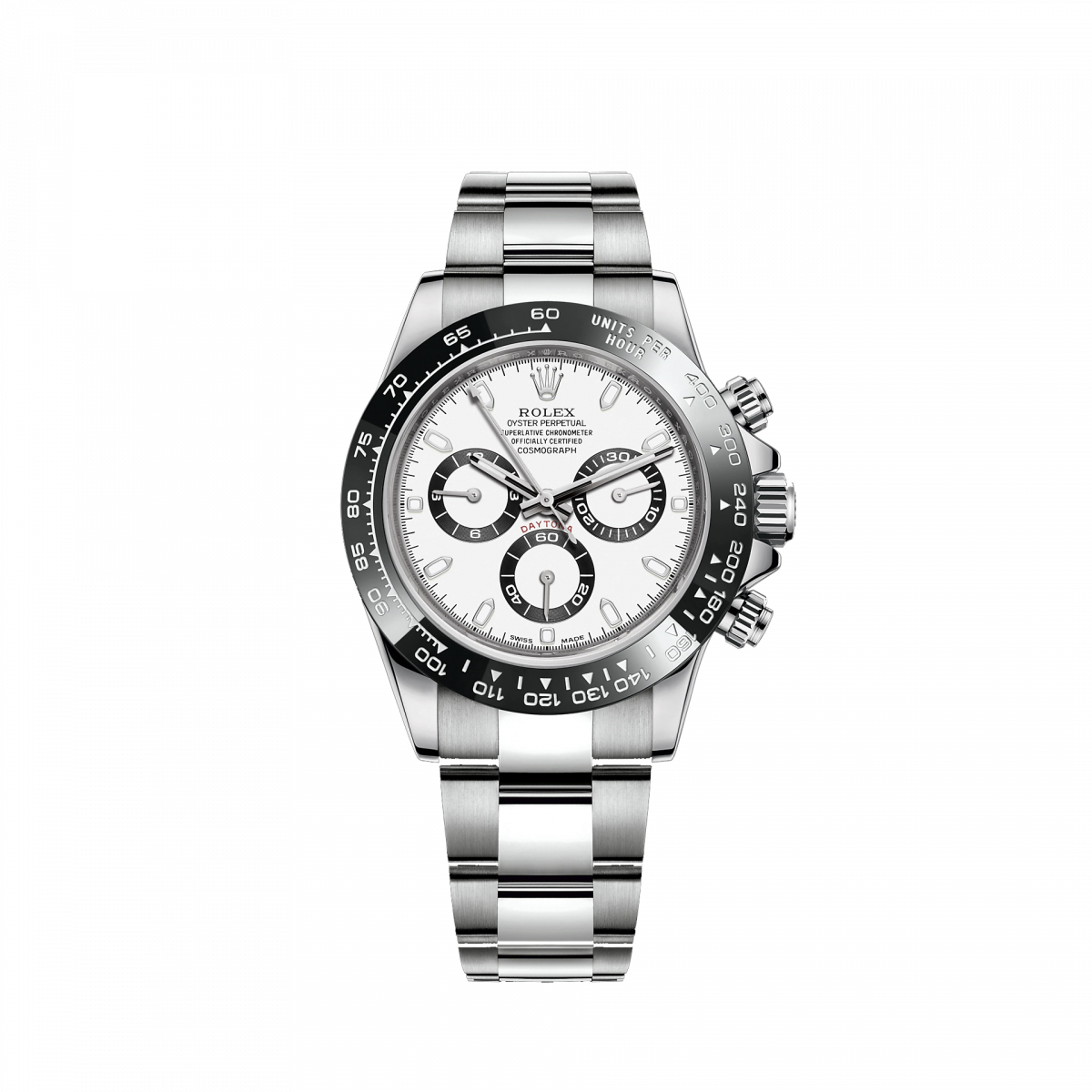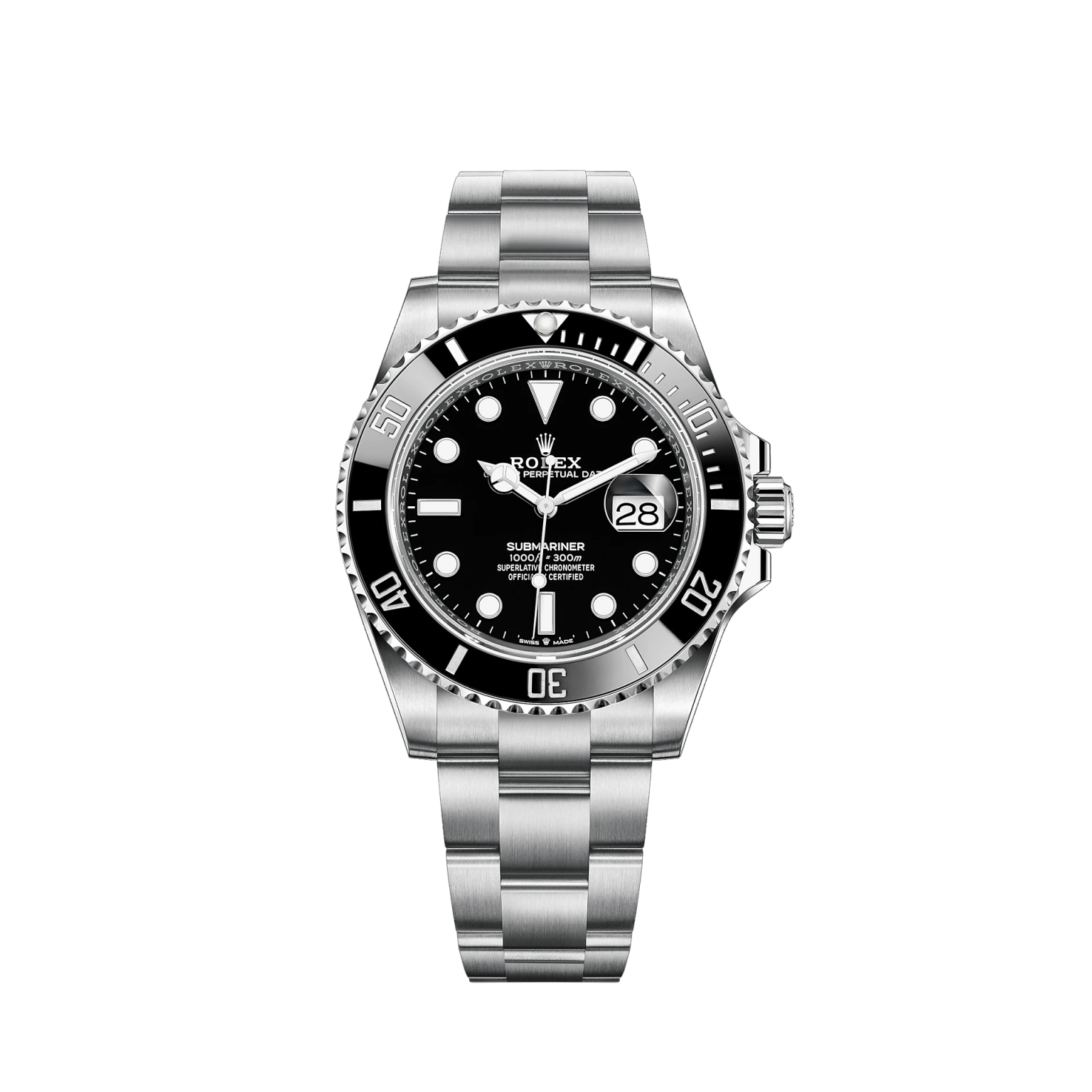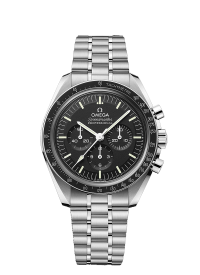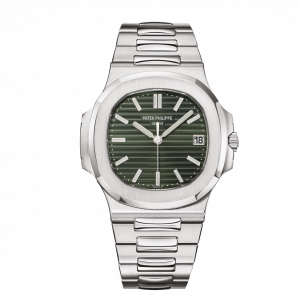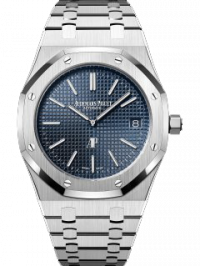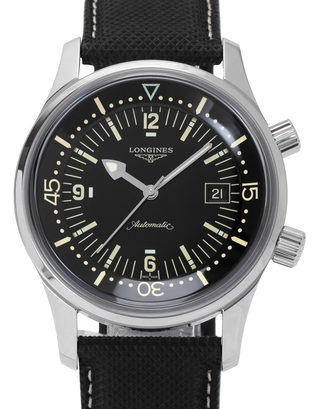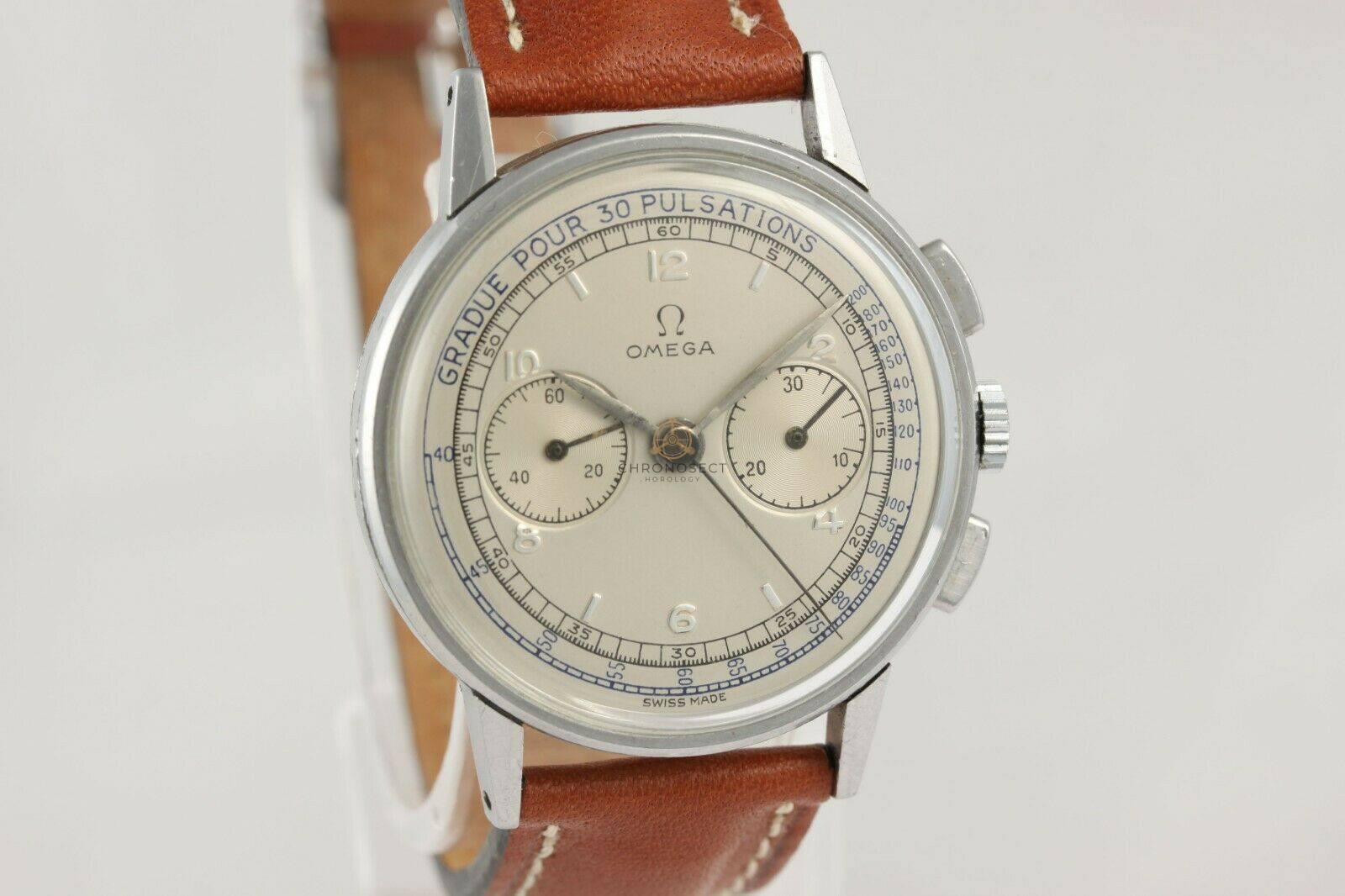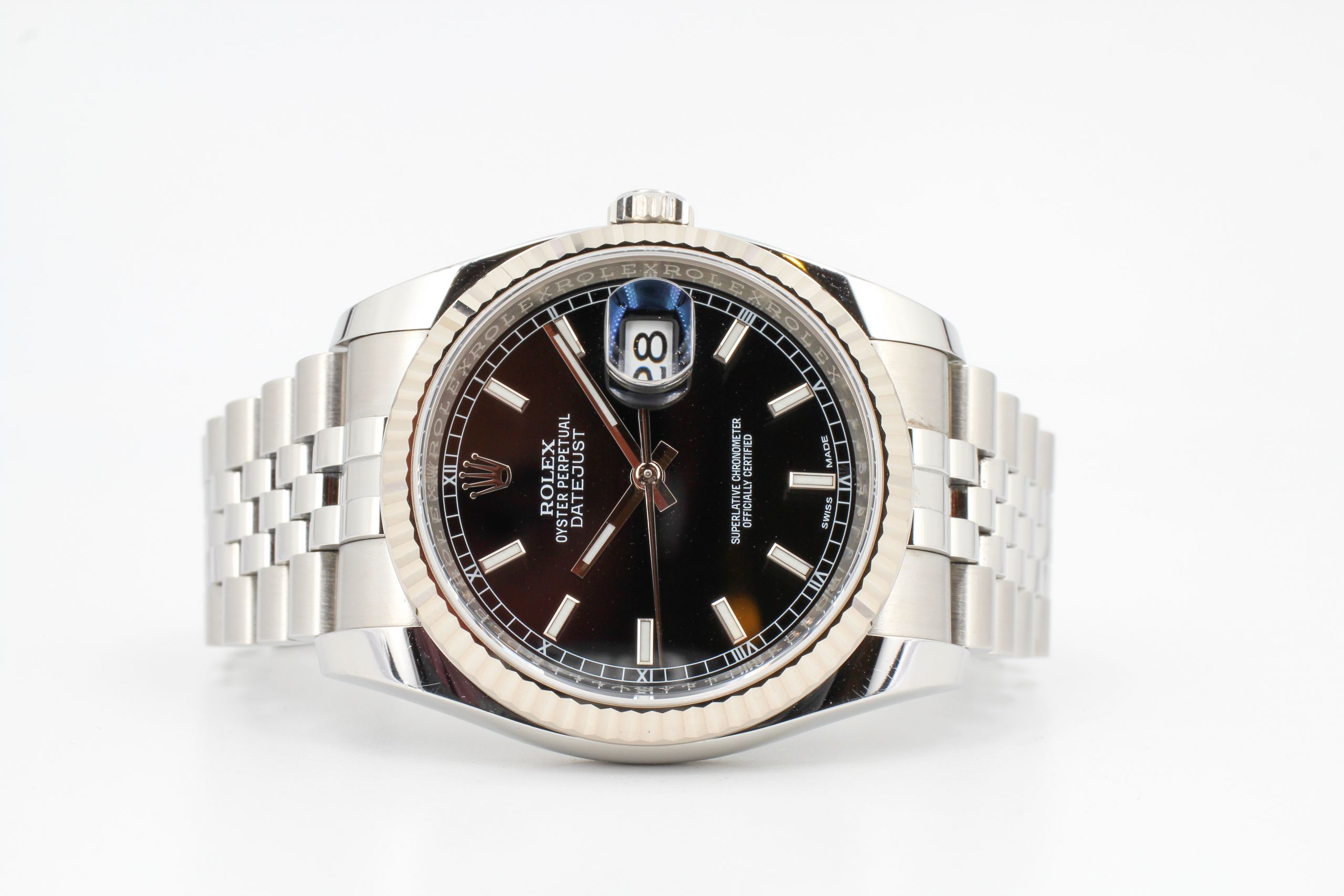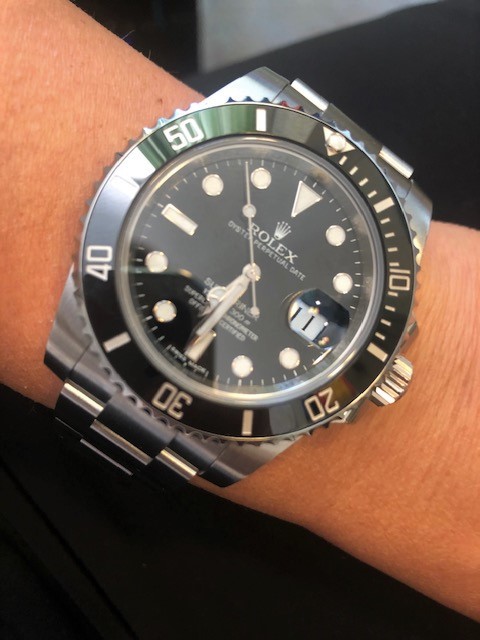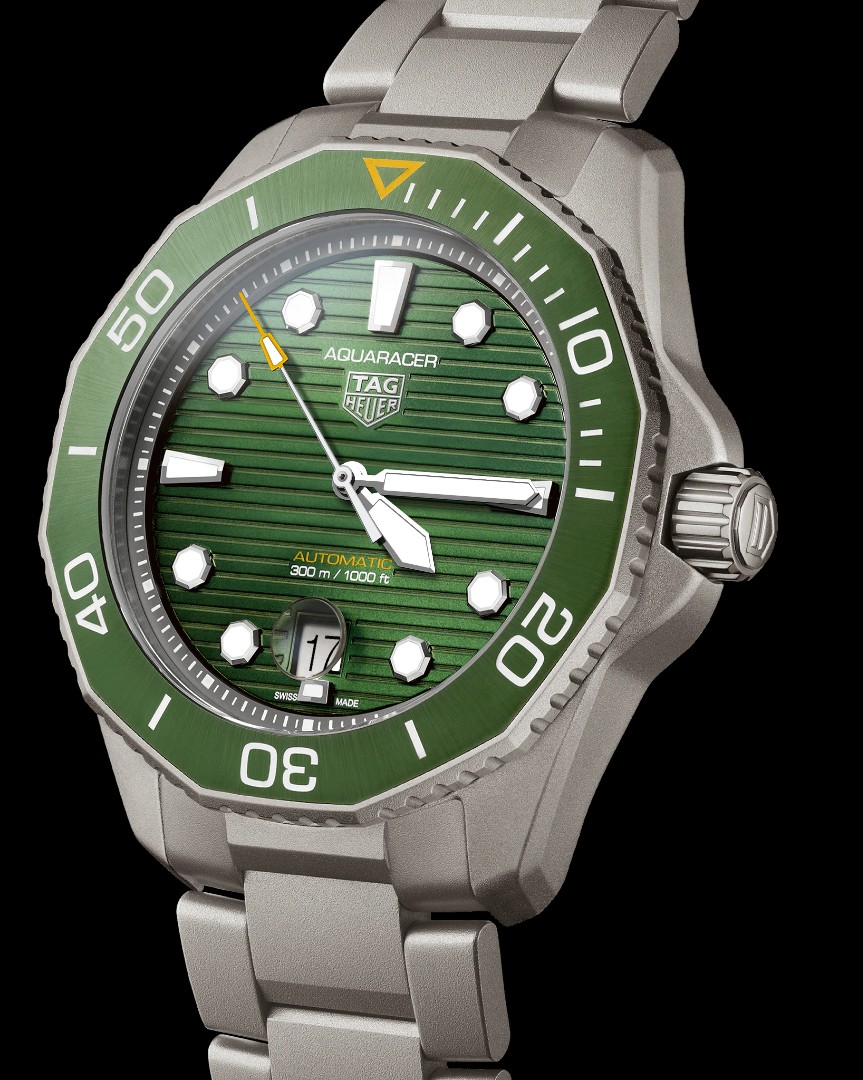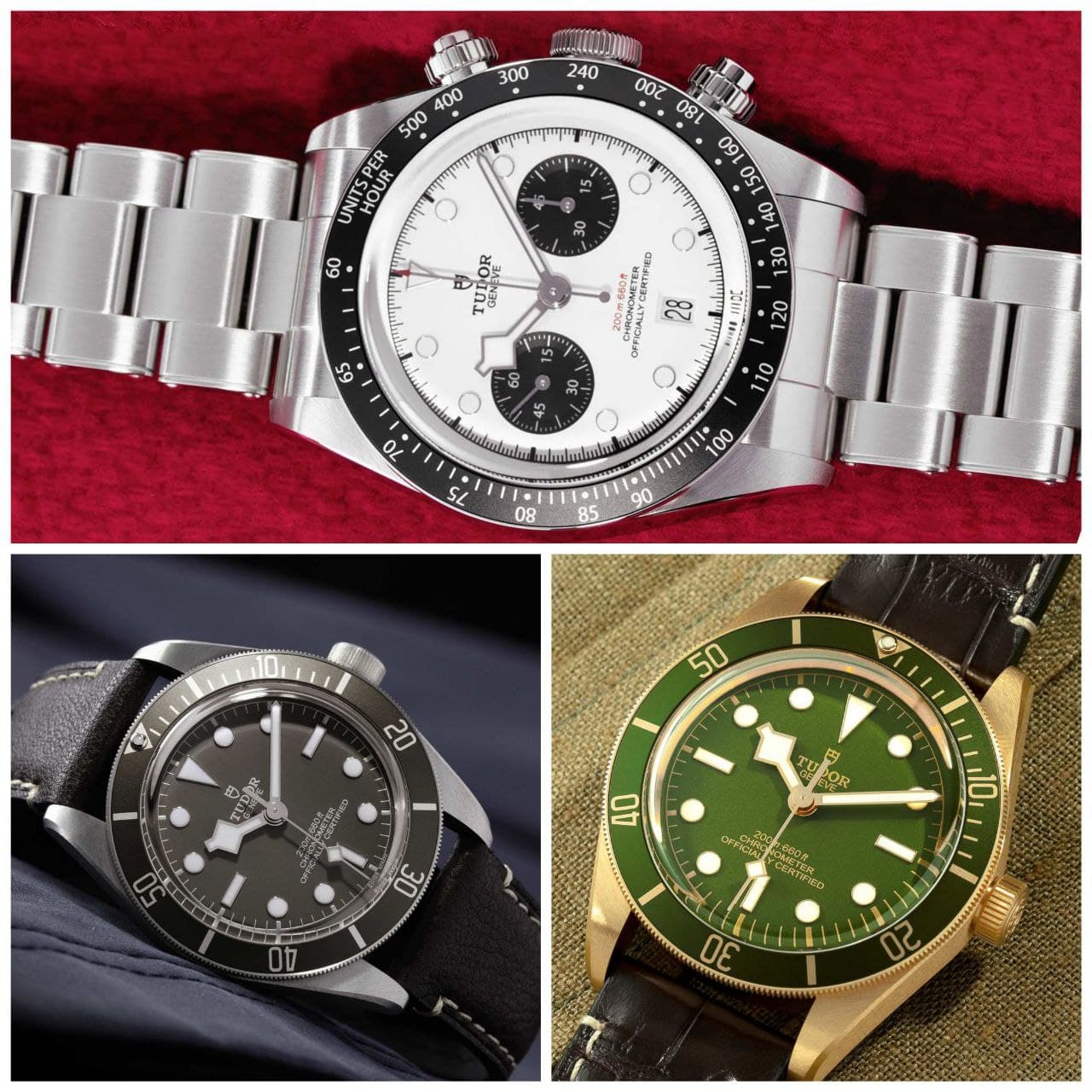Dr. N.
Before the invention of watches equipped with digital alarms, which took place at the end of the XNUMXs, a type of watch has practically disappeared all over the globe today: the mechanical alarm clock.
The wake-up call, used by politicians, businessmen and travelers, is a tool that has marked the daily lives of millions of people around the world for decades. Let's discover together the history of these very useful watches almost forgotten today.
The origins of the alarm clock
The concept of a clock that acoustically marks the passage of time dates back to the Late Middle Ages, when monks built tower clocks capable of ringing at predefined intervals, with the aim of marking the times of prayers. The next step is the creation of the table alarm clocks, mechanical clocks with hammer and bell designed to be loud enough to wake the user in the morning. The latter spread from the sixteenth century onwards, soon becoming indispensable to the point that, in 1601, the Geneva Watchmaking Corporation required anyone wishing to obtain the certification of master watchmaker to be able to produce a "small clock with morning alarm" .
The golden age of alarm clocks
The miniaturization process continues until we create the travel alarm clocksinstruments that are compact enough to be carried in your pocket, often equipped with a folding support to place them on the bedside table. The market for these objects is constantly expanding, thanks to the spread of the railways: it becomes essential for a traveler to have an instrument that reminds him not to miss the connection, or to be found ready the next morning in time for the train return.
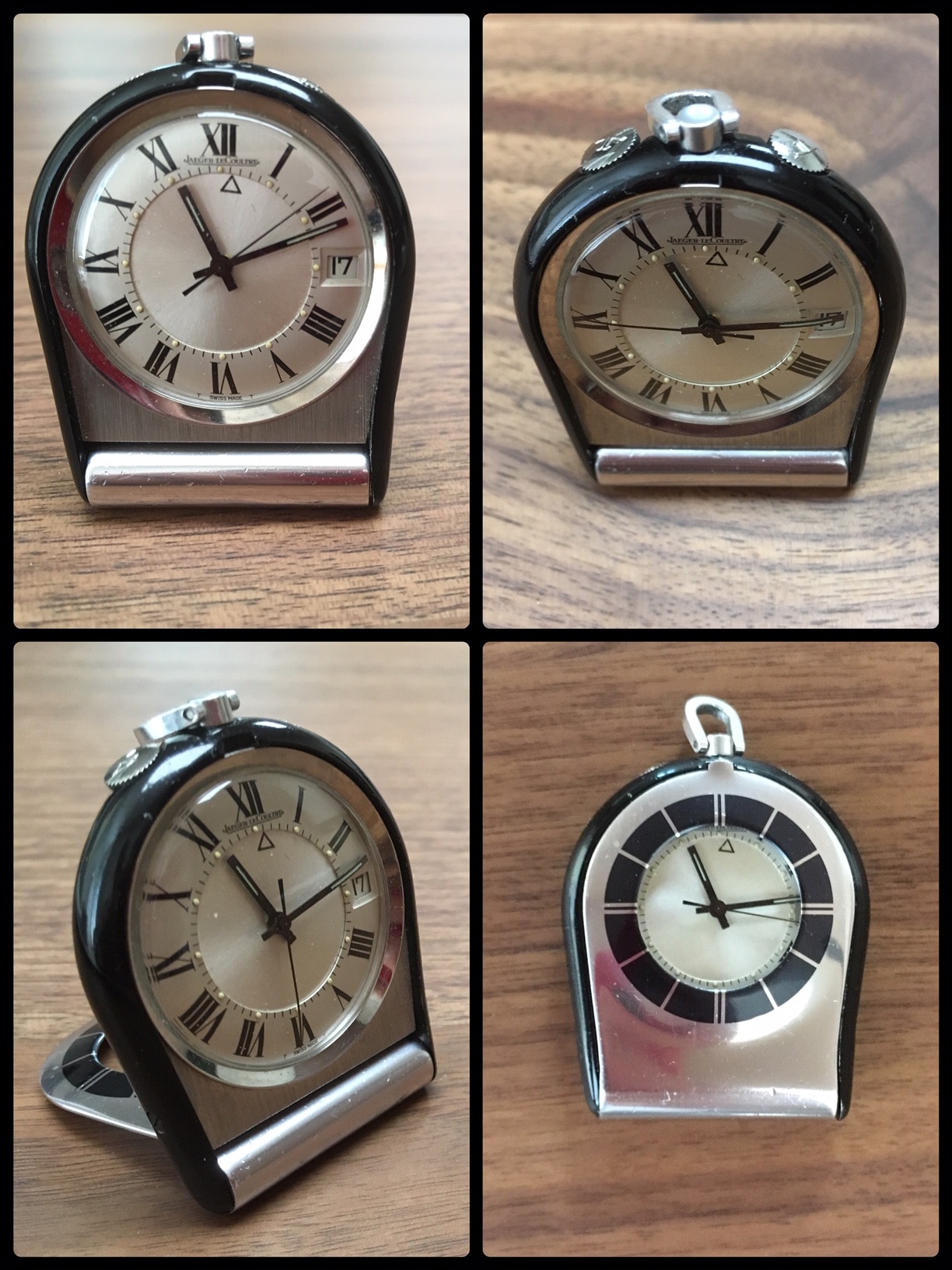
The well-preserved example in the photo illustrates the state of the art of travel alarm clocks at the peak of their development. It is an alarm clock Jaeger-LeCoultre extremely compact in size, slightly larger than a coin, able to fit comfortably into even the smallest of pockets. It is equipped with two crowns, one for winding and setting the time - and, in this example, the date - and another for winding and setting the alarm. In compliance with the needs of the traveler, it is equipped with an attachment for the chain, useful to prevent the tired and distracted traveler from dropping it while consulting the time, and with a movable lid, which in closed position protects the dial, while in position open it acts as a support to hold the alarm clock in an upright position, perhaps on the bedside table of some hotel room, placed waiting to awaken the owner the following morning to put him back on the road.
On the dial is visible, in addition to the usual spheres of hours, minutes and seconds, a triangle, pointed here shortly after 12 o'clock. It is the alarm indicator, and informs us that the clock will strike about twelve minutes after noon: the cleats divide every hour in five parts of twelve minutes each. Writing this article the alarm clock has sounded, and we can testify that the tinkle, with its not unpleasant timbre, certainly has a sufficient sound for the purpose for which the alarm clock is conceived: even better if the clock is placed on a solid surface, such as a table, which reflects and amplifies the trill. When the hour hand surmounts the alarm triangle, a hammer is activated which strikes a pin, integral with the caseback. The caseback, in a watch equipped with an alarm, is pressure-fit, not screw, because it must always be mounted in the same position, so as to present the pin in the correct position so that it does not cause damage to the movement and the hammer can hit it. Below, the back of the alarm with highlighting of the point where the pin is connected to the back.
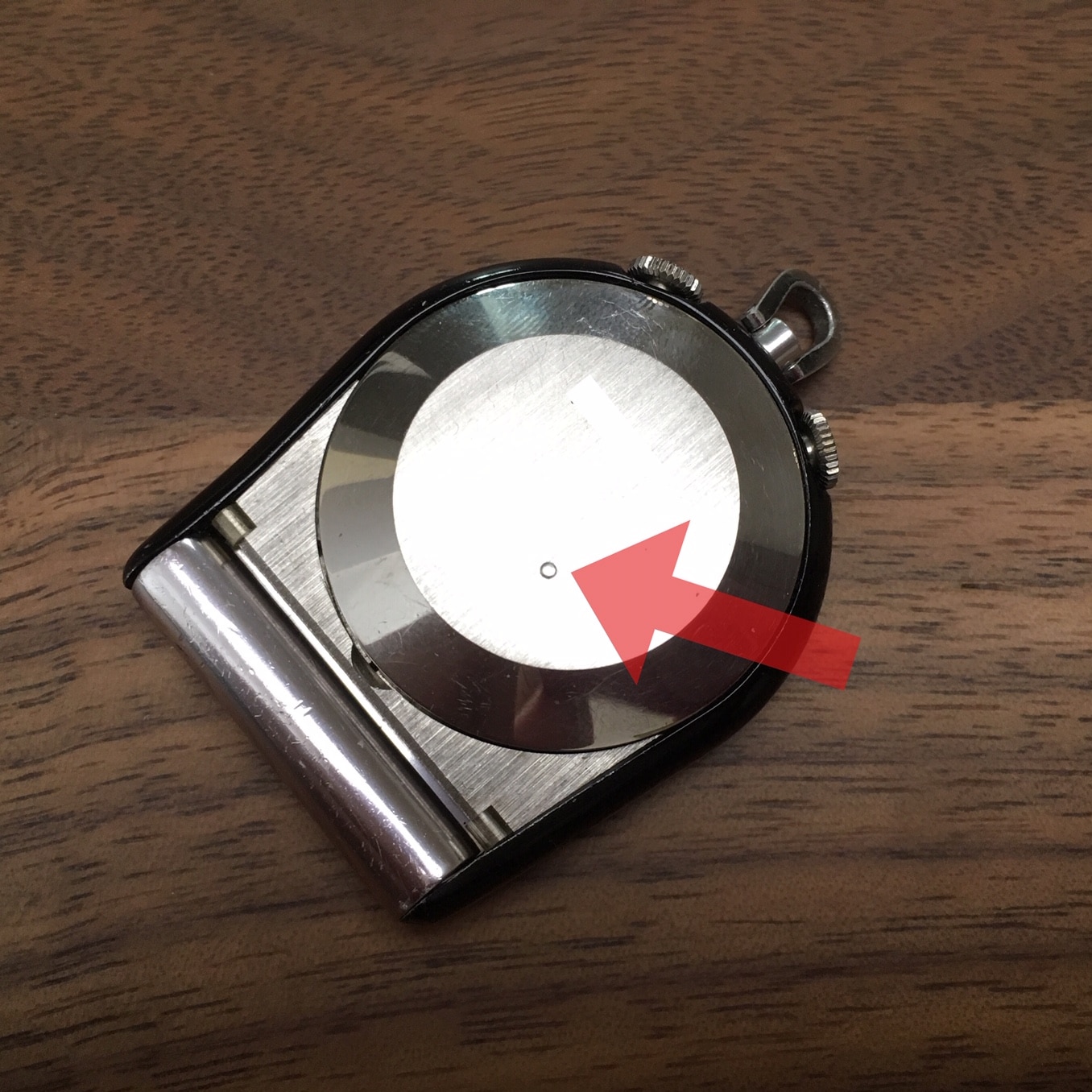
The Poljot below is an exception to the snap back rule. This, being of Soviet construction, adopts the solution of the two-piece caseback, with a screw ring that compresses the actual caseback. This solution allows to combine the tightness of the screw back with the constancy of positioning necessary to correctly position the stop pin: the insertion of this into the back is highlighted by the red arrow in the photo below. For the rest, this Soviet watch has a similar manufacture to its Western counterparts, with a double winding and setting crown and a hand alarm indicator.
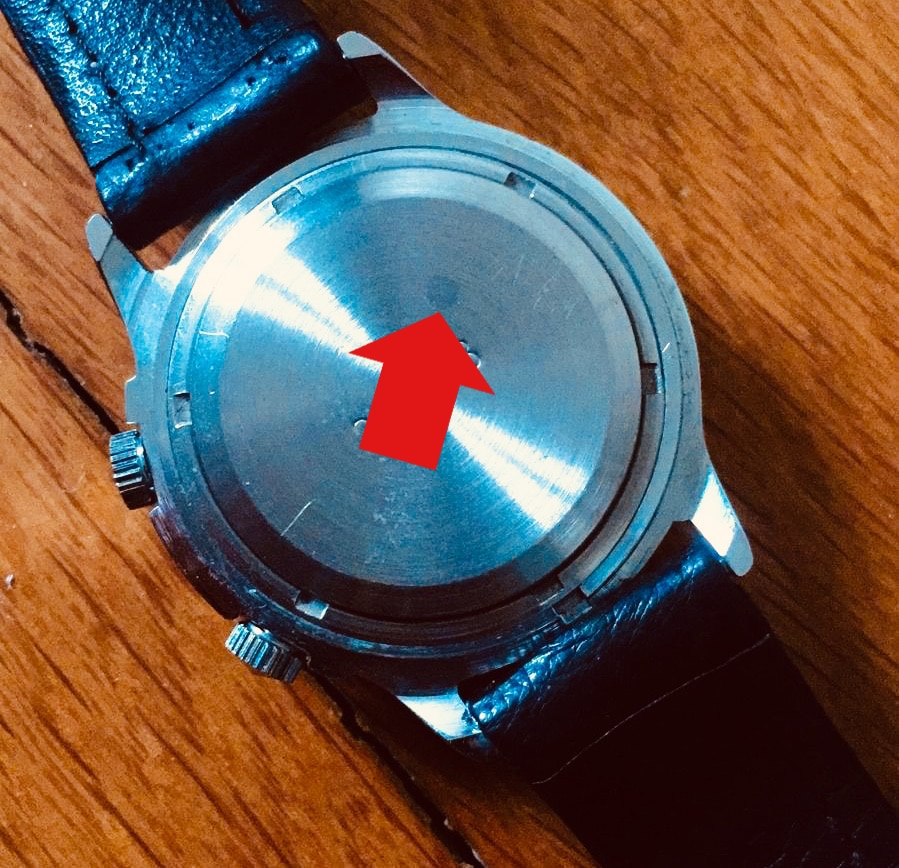
When the hour hand surpasses that of the alarm clock, a hammer clicks, powered by its own barrel previously loaded by the user through the second crown of the watch. Percussion produces, as mentioned, a trill sufficient to wake up a sleeper: this happens thanks to the shape of the box, specifically designed to amplify the sound of these instruments.
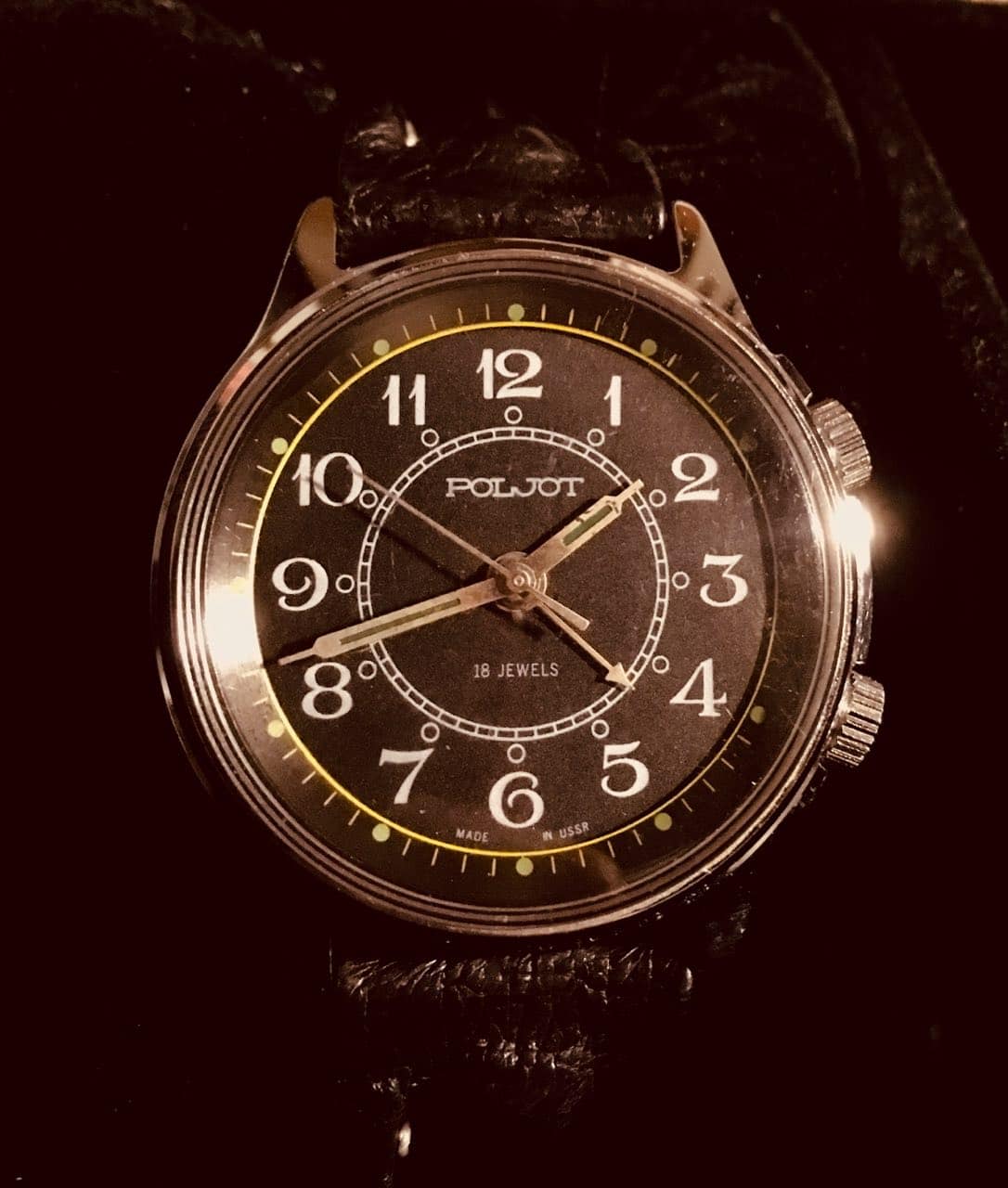
We can say that the golden age of alarm clocks is between the forties and the sixties. The first wristwatch with an alarm function is the Vulcain Cricket, introduced to the public in 1947, and immediately appreciated by customers all over the world, the most famous of which are none other than the Presidents of the United States. These, starting with Truman, begin to use Cricket daily to keep track of their appointments and commitments throughout the day. A collaborator of President Eisenhower recalls that "Ike", not loving the long meetings with his collaborators at all, deliberately sets up his Vulcain to make it play in the midst of the unwelcome meetings, from which he escapes on the pretext of urgent commitments, which he regularly reveal to be constituted by the umpteenth round of golf: a sport that President is notoriously passionate about.
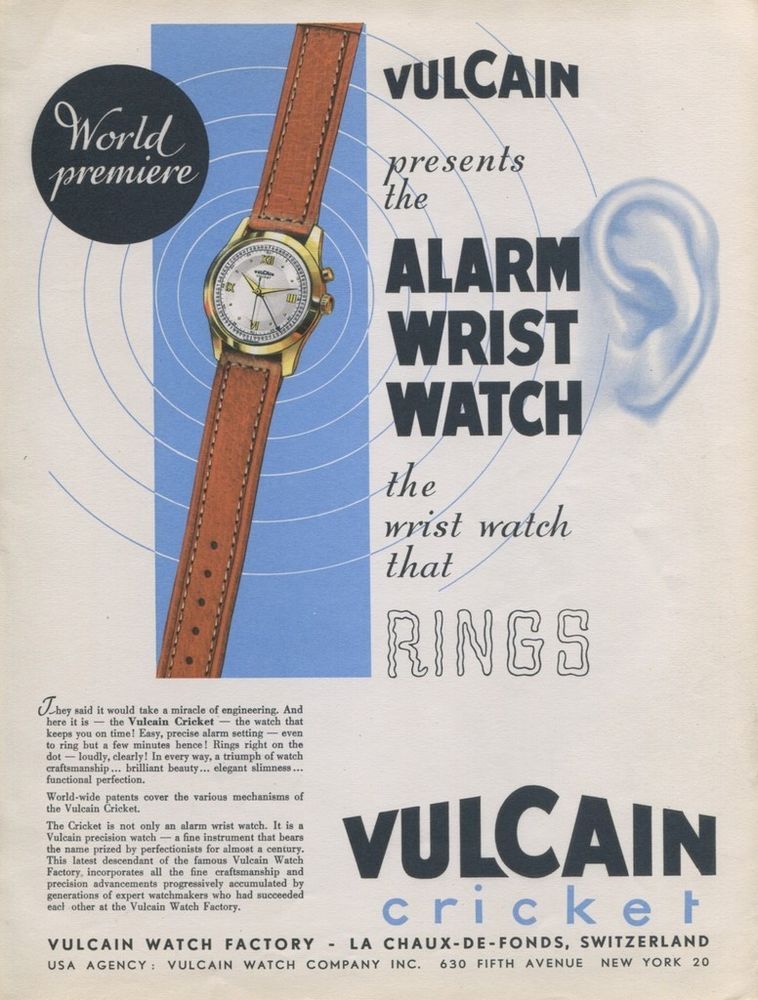
The Vulcain Cricket is certainly the most famous and popular among the wristwatches equipped with an alarm. Its name is chosen because it indicates in English the cricket, an insect whose call has a sound similar to the trill of the Vulcain. Its popularity remained unchanged until the XNUMXs, when the Quartz Crisis manifested itself with particular gravity in this sector. The new battery-powered watches are in fact equipped with the ability to set multiple alarms throughout the day, cost very little and are more accurate than any mechanical watch. Despite the manufacturers' attempts to make the alarm clock more attractive, by equipping it with additional functions or by strengthening it until it reaches water resistance, these fascinating instruments are among the mechanical watches that have suffered most from the decline in popularity due to the Quartz Crisis.
The wake up call today
The mechanical alarm clock is a clock that may seem outdated today. If we look at it from the point of view of practical utility, it has certainly been outclassed by the more economical and functional digital watches, even more than what happened with the other types of mechanical watches: mechanisms capable of ringing several times a day at set times all together at the beginning of the day, or even able to shoot after days, are hardly conceivable, and would be economically unattainable.
However, it must be considered that mechanical alarm clocks are able like few to bring the mind back to the past, not to mention the effect they have if used, as Eisenhower used, to interrupt a tedious meeting: the writer has personally carried out this test, obtaining some satisfaction from the bewildered looks of the onlookers. It is possible, for today's enthusiast, to buy a watch with an alarm function at affordable prices compared to other more well-known complications. Thus taking away the satisfaction of owning a piece of the past that collects the surprise of friends and the admiration of connoisseurs, perhaps even more than other watches vintage more popular and therefore less "surprising".


